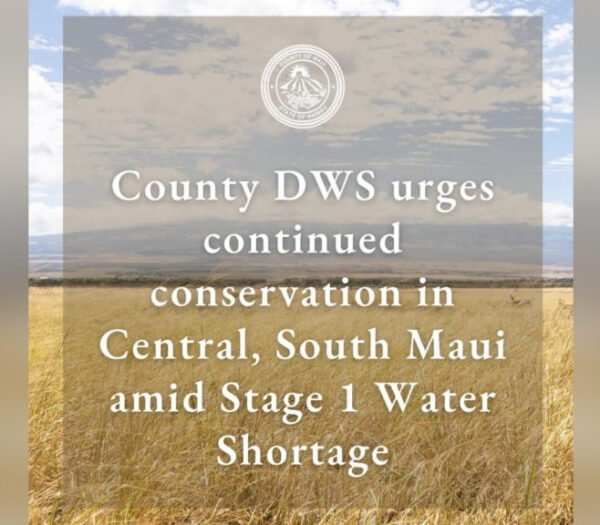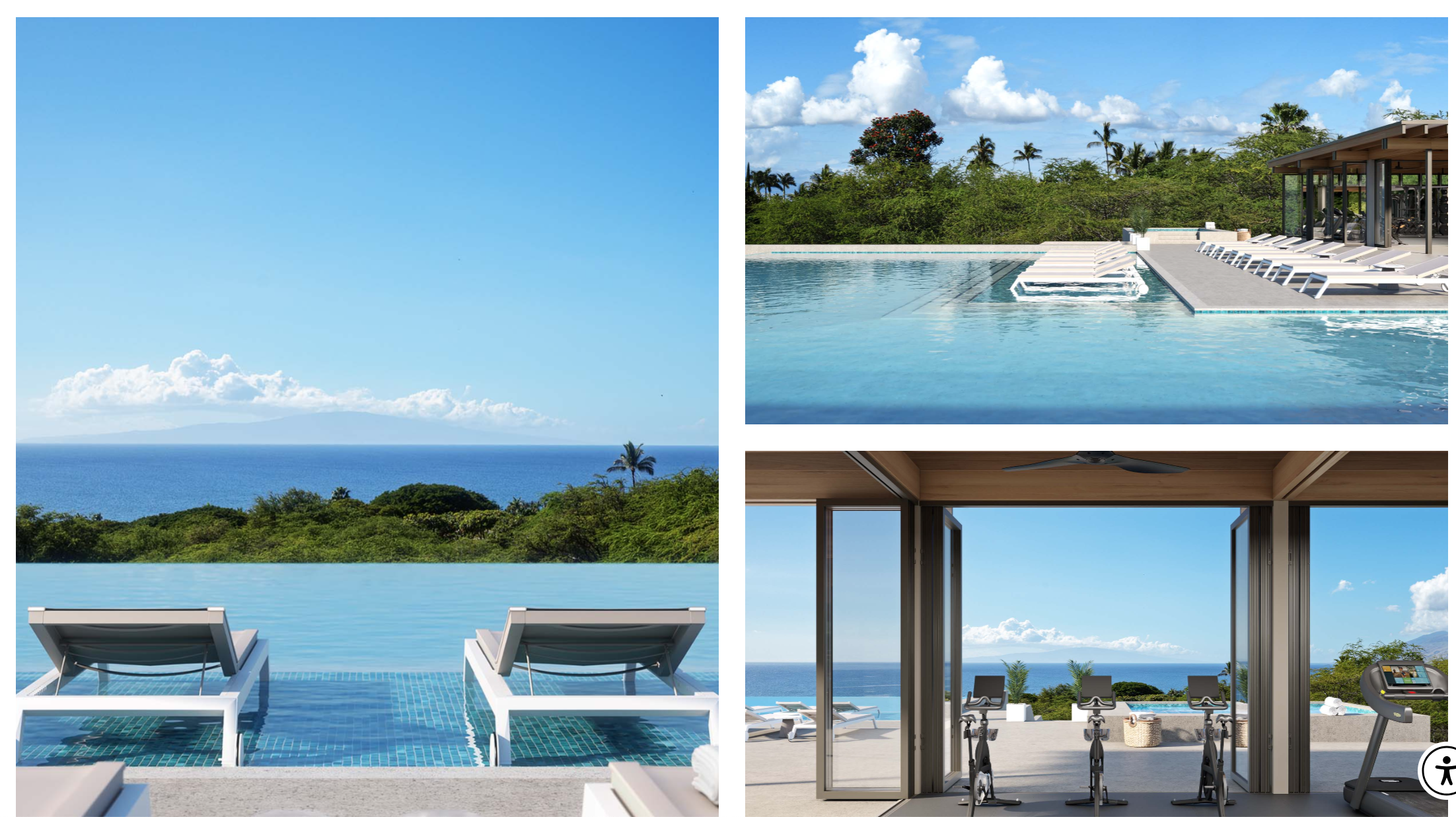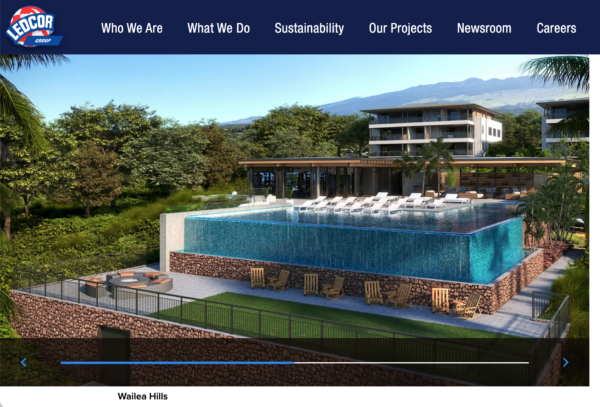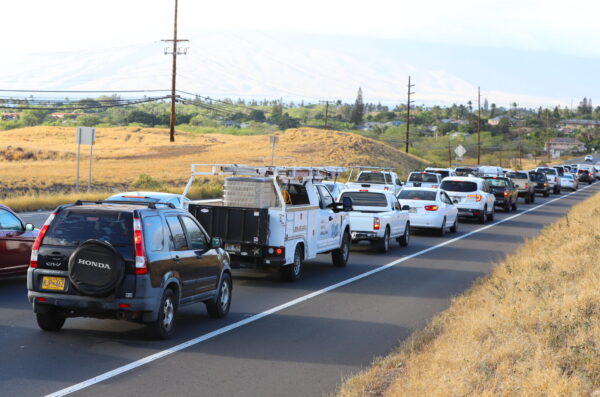On March 25, 2025, The Maui Planning Commission will decide whether to accept or reject Ledcor’s Final Environmental Impact Statement (EIS). The commissioners need to hear from you—
Urge them to REJECT Ledcor’s inadequate EIS and demand a full, transparent assessment of this project’s impacts before any approval is considered.
The Final EIS for this 975+ unit luxury development in South Maui fails to address numerous critical concerns, leaving the public and decision-makers without the information needed to assess its full consequences. The Planning Commission has a responsibility to protect the public interest by ensuring all project impacts are fully disclosed and properly mitigated. Below are some of the most pressing concerns – write your testimony based on the issues that matter most to you. Mahalo for your time and advocacy.
1. Unsustainable and Unverified Water Sources
- The FEIS lacks updated data on the declining capacity of the ʻĪao Aquifer and the Water Commission’s ongoing efforts to revise sustainable yield limits.
- Ledcor’s FEIS claims the ʻĪao Aquifer has sufficient water for the project without providing any proof of sustainability or impact mitigation.
- The FEIS fails to identify a firm alternative potable water source, making it impossible to assess the true impact of this development’s water use.
- No analysis is provided on how prioritizing water for this project may affect truly affordable housing developments in the area.
- The FEIS offers only vague, future “conservation plans” rather than concrete measures like limiting pools or excessive irrigation.
- Ledcor’s website promotes “lush landscaping” for this project, yet the FEIS does not address the water demands of such features.
- The Planning Commission needs specific facts to determine whether public water sources have been sufficiently protected.
Meanwhile…

2. Steep Slopes, Impaired Ocean Waters, and No Post-Construction Monitoring
- Recent water testing at Ulua Beach (downslope of Ledcor’s largest parcel) shows the highest nitrate levels in the Wailea area.
- The FEIS assumes these high nitrate levels are unrelated to land-based activities but offers no evidence to support this claim.
- Instead of committing to long-term monitoring, the FEIS relies on generic Best Management Practices (BMPs) as a catch-all solution, despite requests from the U.S. Fish and Wildlife Service (USFWS) and the Office of Hawaiian Affairs (OHA) for post-construction water quality monitoring.

“Ledcor is building on the vision of this world-class resort community…lushly landscaped terraces, descending towards the ocean, allowing for sweeping views…pools…” www.ledcor.com
3. Blasting of Natural Landforms
- The FEIS ignores the Maui Island Plan’s recognition of natural landforms as part of the island’s scenic and cultural heritage.
- There is no evaluation of how the proposed landform blasting will impact the cultural and scenic landscape.
- While the FEIS acknowledges the use of “controlled blasting,” it only discusses mitigation for noise and dust—not the loss of irreplaceable cultural and scenic resources.

4. Incomplete Archaeological Review and Lack of Cultural Preservation
- The FEIS fails to fully assess historic and cultural resources on the site.
- The Planning Commission should not defer to the State Historic Preservation Division (SHPD) for later review—the EIS process is the time to ensure full transparency and accountability.
- Cultural interviewees in the FEIS noted cultural use of the Ledcor lands, yet the FEIS dismisses the likelihood of any cultural use impacts.
“[Ledcor] can’t say that there’s no cultural practice happening on this land, that would be incorrect…I myself have cultural practice here. But nobody asked me.” Daniel Kanahele, Lineal Descendant
“In being invited to walk the land, I observed many archaeological sites, and then, [I] see the…[archaeology report] doesn’t record any of them, or very few of them… We stand to learn so much from these sites. A lot more work needs to be done. We need to have thorough site documentation…This is not the way to go, and it’s not what the law says is supposed to be done. ” Jeanne Schaaf (archaeologist)
5. Prioritizing Luxury Development Over Local Needs
- The FEIS fails to address how granting this luxury project priority access to public resources (water, infrastructure, etc.) will affect local residents, especially when affordable housing is the greater need.
- There is no analysis of how cumulative high-resource luxury developments contribute to rising housing costs and local displacement.

6. 975 More Units, No Real Traffic Solutions
- The FEIS does not provide a realistic assessment of local traffic impacts, despite the nearly 1,000 new units being added.
- Ledcor’s behind-the-scenes agreement with the State Department of Transportation (DOT) only requires a “partial lane” addition to Piʻilani Highway—an inadequate measure for such a large-scale development.
- The FEIS claims that Ledcor’s traffic study proves two additional lanes on Piʻilani Highway won’t be needed until much later—yet Wailea traffic already experiences daily congestion at key bottlenecks.

HOW YOU CAN HELP:
Submit written testimony today & testify live at the Maui Planning Commission Meeting on Tues March 25
- Email planning@mauicounty.gov and ask them them to “Please REJECT the Ledcor EIS”
- Testify live (online or in-person) on Tuesday 3/25 at 9am
- Webex Online Meeting ID: 2663 929 5346 Password: 032525
- In-person testimony: Planning Dept Conference Room, Kalana Pakui Building: 250 South High Street, Wailuku, HI 96793
- Email testimony: planning@mauicounty.gov
- Agenda: https://www.mauicounty.gov/ArchiveCenter/ViewFile/Item/32666

Leave a Reply